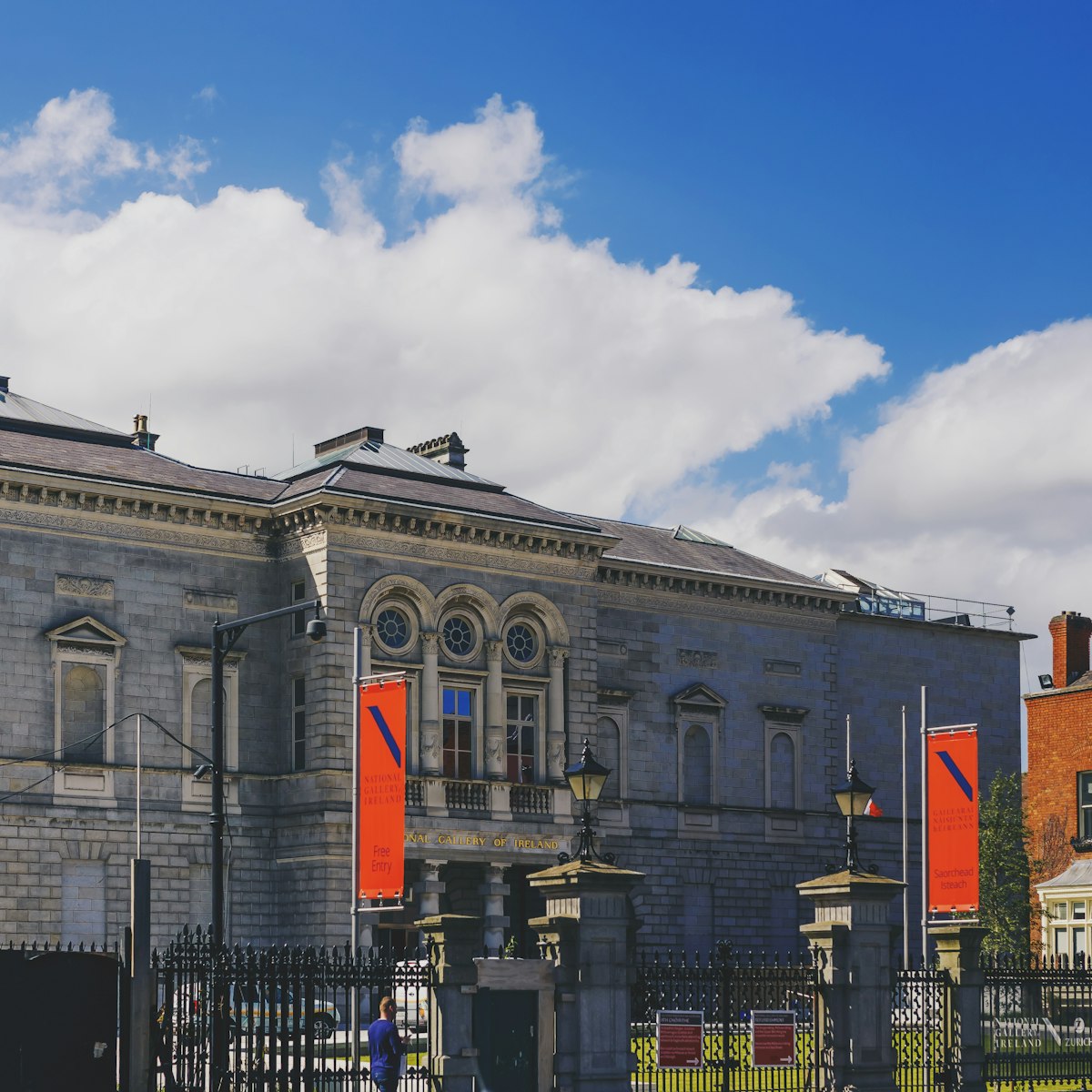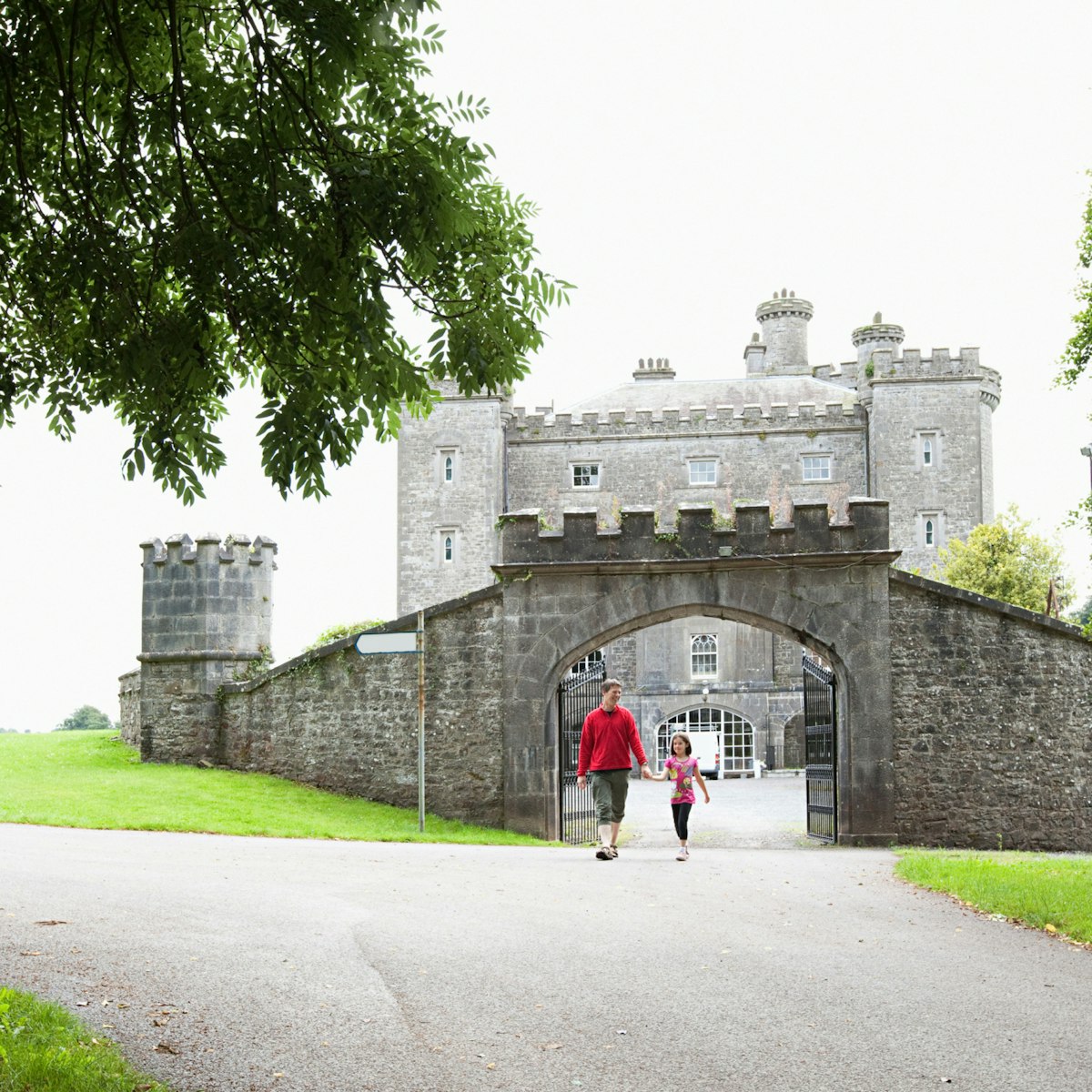This beautiful Georgian structure was originally built by Thomas Cooley as the Royal Exchange between 1769 and 1779, and botched in the mid-19th century when it became the offices of the local government (hence its name). Thankfully, a renovation in 2000 has restored it to its gleaming Georgian best. The basement has an exhibit on the city's history.
The rotunda and its ambulatory form a breathtaking interior, bathed in natural light from enormous windows to the east. A vast marble statue of former mayor and Catholic emancipator Daniel O'Connell stands here as a reminder of the building's links with Irish nationalism (the funerals of both Charles Stewart Parnell and Michael Collins were held here). Dublin City Council still meets here on the first Monday of the month, gathering to discuss the city's business in the Council Chamber, which was the original building's coffee room.
There was a sordid precursor to City Hall on this spot in the shape of the Lucas Coffee House and the adjoining Eagle Tavern, in which the notorious Hellfire Club was founded by Richard Parsons, Earl of Rosse, in 1735. Although the city abounded with gentlemen's clubs, this particular one gained a reputation for messing about in the arenas of sex and Satan, two topics that were guaranteed to fire the lurid imaginings of the city's gossip mongers.
Located in the striking vaulted basement, The Story of the Capital is a multimedia exhibition that traces the history of the city from its earliest beginnings to its hoped-for future – with ne'er a mention of sex and Satan. More's the pity, as the info is quite overwhelming and the exhibits are a little text-heavy. Still, it's a pretty slick museum with informative audiovisual displays.







